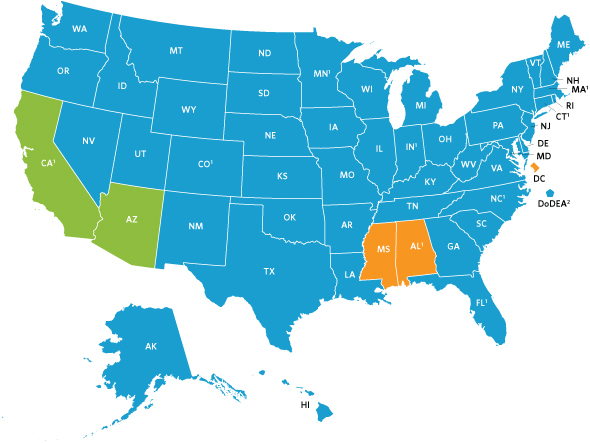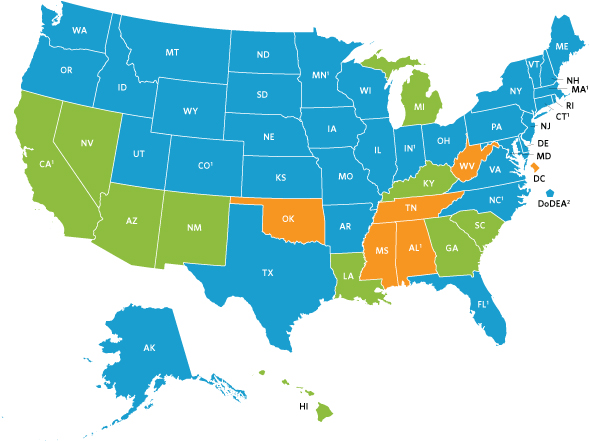States with World-Class STEM
 For years, business and political leaders have decried the poor showing of American students on international comparisons of math and science skills.
For years, business and political leaders have decried the poor showing of American students on international comparisons of math and science skills.
But all states are not equally low-performing, according to a new report from the U.S. Department of Education’s National Center for Education Statistics.
The U.S. States in a Global Context presents results from the 2011 NAEP-TIMSS Linking Study in mathematics and science at grade 8 for 5o states, the District of Columbia, and Department of Defense schools, and 47 education systems (38 countries and 9 subnational education systems).
Nine states – Alabama, California, Colorado, Connecticut, Florida, Indiana, Massachusetts, Minnesota, and North Carolina – participated in the 2011 Test of International Mathematics and Science Skills. Results for the others were calculated using the National Assessment for Educational Progress, the so-called nation’s report card.
Compared to the TIMSS average, 36 states scored higher, 10 states scored comparably, and 6 states scored lower. Massachusetts outperformed 42 education systems. Students from Taipei, Hong Kong, South Korea, and Singapore scored higher than their American counterparts.
Massachusetts had the highest percentage of students scoring at the Advanced level (19 percent) and at or above the High level (57 percent). Taipei had the highest percentage of students scoring at the Advanced level (49 percent), while Singapore had the highest percentage at or above the High level (78 percent).
Science 
Compared to the TIMSS average, 47 states scored higher, 2 states scored comparably, and 3 states scored lower. (Map, right.)
Massachusetts and Vermont scored higher than 43 education systems. Singapore scored higher than all 52 U.S. states.
Researchers caution that several of the world’s STEM powerhouses, including China and India, were not included in the comparison. Also, the percentage of U.S. students scoring at the advanced level in even Massachusetts fell well below the levels achieved by Taipei.
Filed under: K-12 Education News
Tags: international comparisons, Math, NAEP, National Center for Education Statistics, Science, TIMSS, U. S. Department of Education, U.S. students, Web Resources









